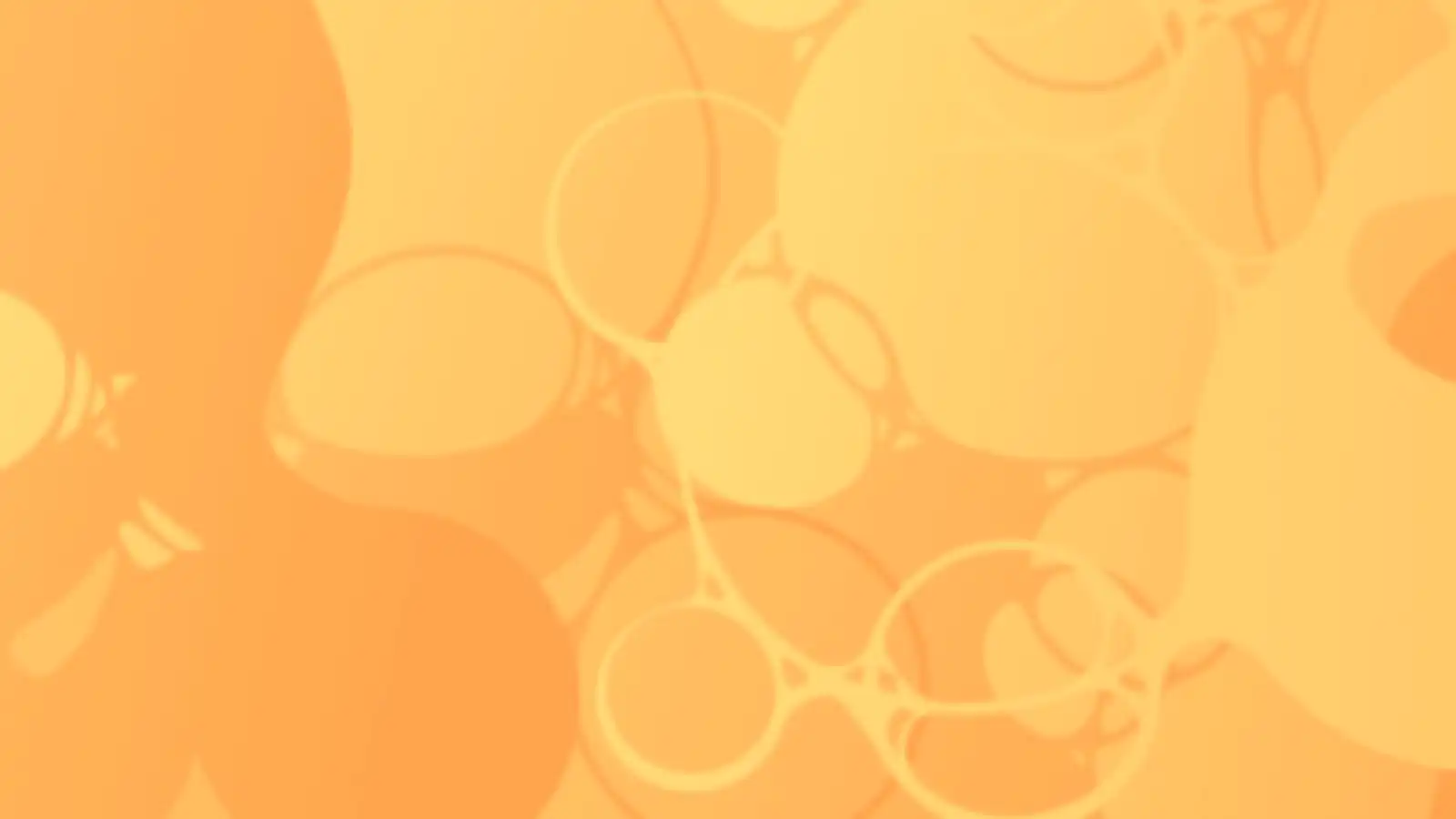Funke
Tissue Engineering
Many patients are dependent on donor tissue or organ donations. However, the high demand for donor tissue and organs cannot be met by far. Therefore, patients suffer from long waiting lists and countless medical challenges or die before a donation is available. Artificially produced tissue, on the other hand, promises a lasting improvement in the quality of life for these people.
In recent decades, scientists, engineers and doctors have developed tools to construct biological substitutes that mimic natural tissue. However, the ultimate goal of overcoming the limitations of traditional organ transplantation remains unachieved.
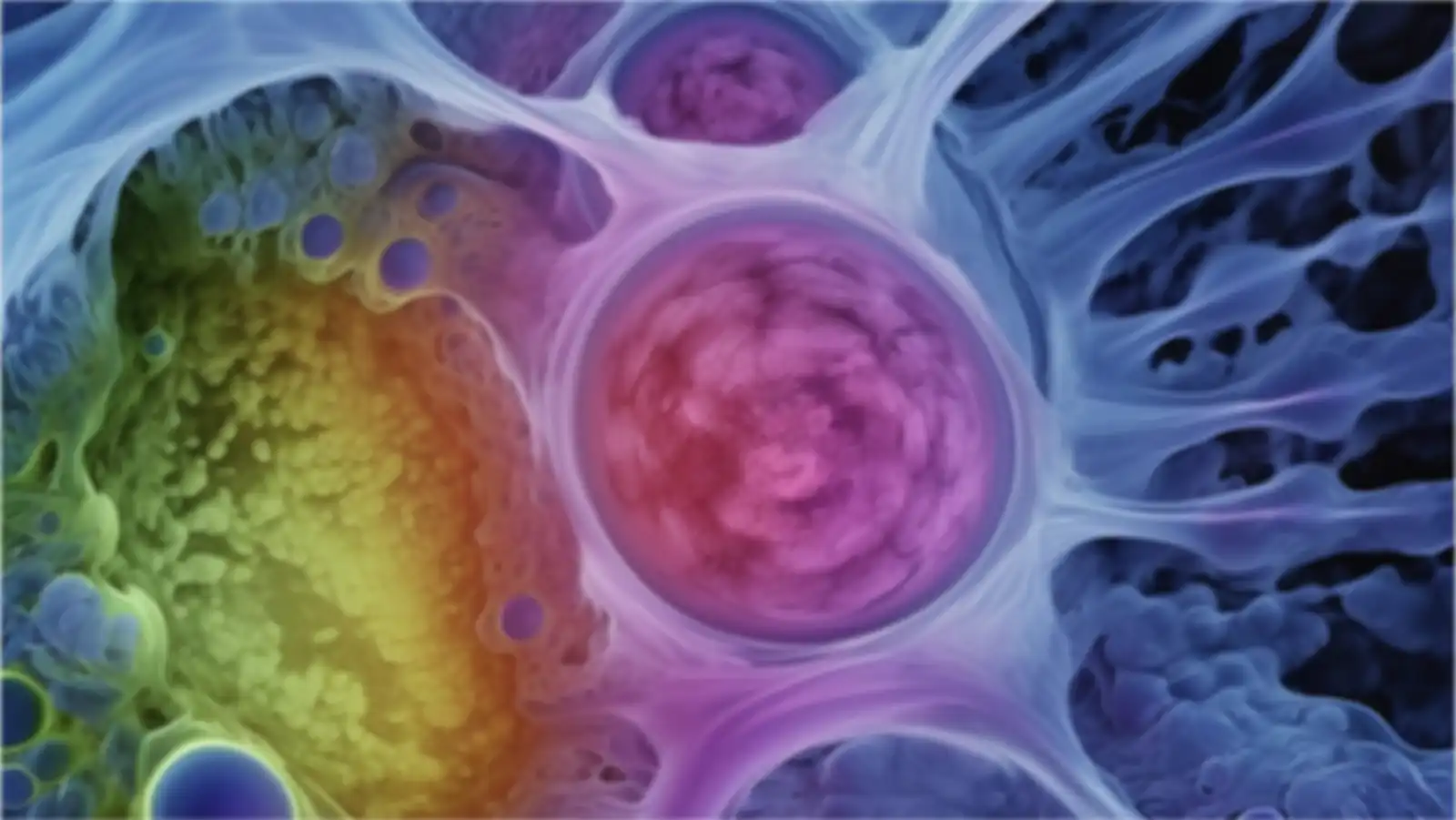
Demonstrate: the feasibility of a novel approach to tissue engineering for first-in-human transplantation.
The aim was to develop an advanced concept that will produce the most refined artificial tissue to date. This tissue had be as close as possible to natural human tissue (size, structure, complexity) and may include elements such as the engineering of cells, the development of tissue architecture or engineered materials.
On November 1, 2023, the SPRIND Funke Tissue Engineering launched with four ambitious teams embarking a ten-month journey to explore and demonstrate the key characteristics of the artificial tissue. SPRIND provided up to EUR 500,000 in funding to support this groundbreaking work.
Stage 2, which would have included additional funding and support for planning first-in-human trials, did not take place. The milestones necessary to proceed to this stage were not fully met by a sufficient number of teams.
Innovation often involves discovering what works — and what doesn’t — before moving forward. Even when projects don’t continue along their envisioned trajectory, each phase offers learning opportunities that drive progress in the long term. SPRIND remains dedicated to fostering bold ideas and will continue to support innovators who push the boundaries of science and technology.

Cellbricks GmbH

ZonalCartHT –
Bizonal cartilage grafts
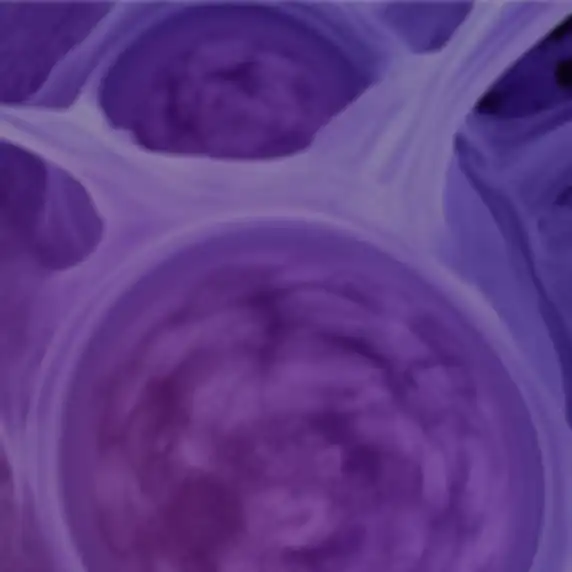
Muscle Engineering
for Human Transplant
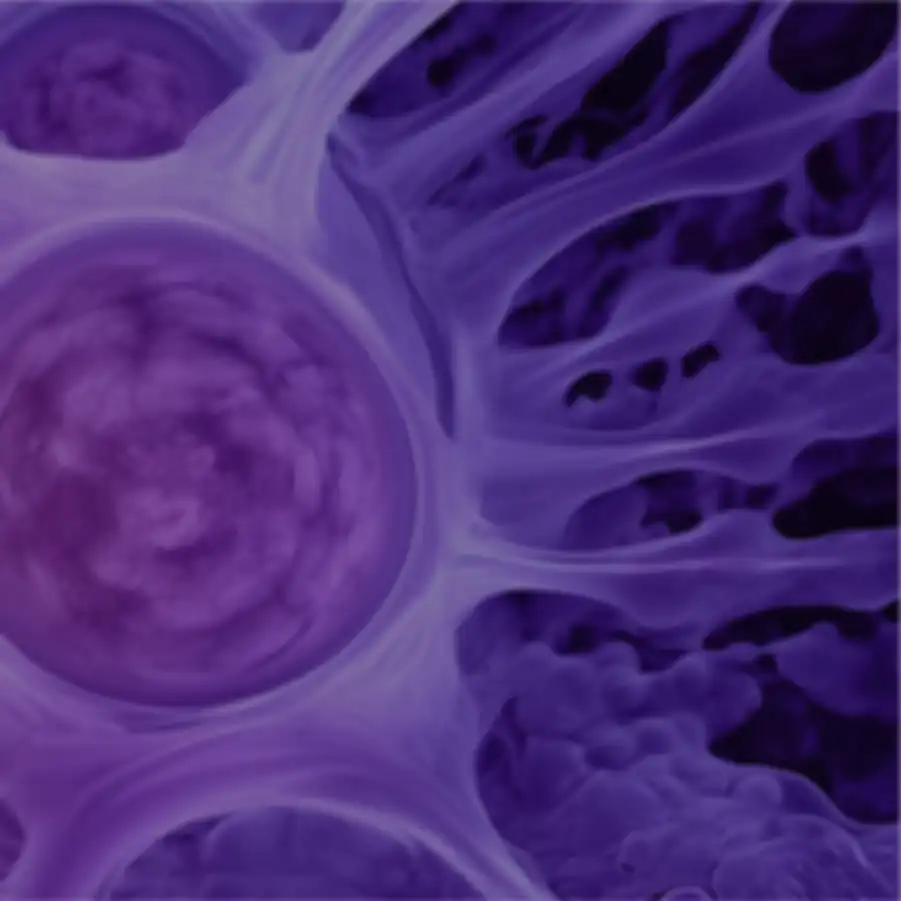
Functional Bioprinted
Pancreas Tissue
Science Youtuber Jacob Beautemps took a look at the 3D bioprinter from the Funken team Cellbricks in person.
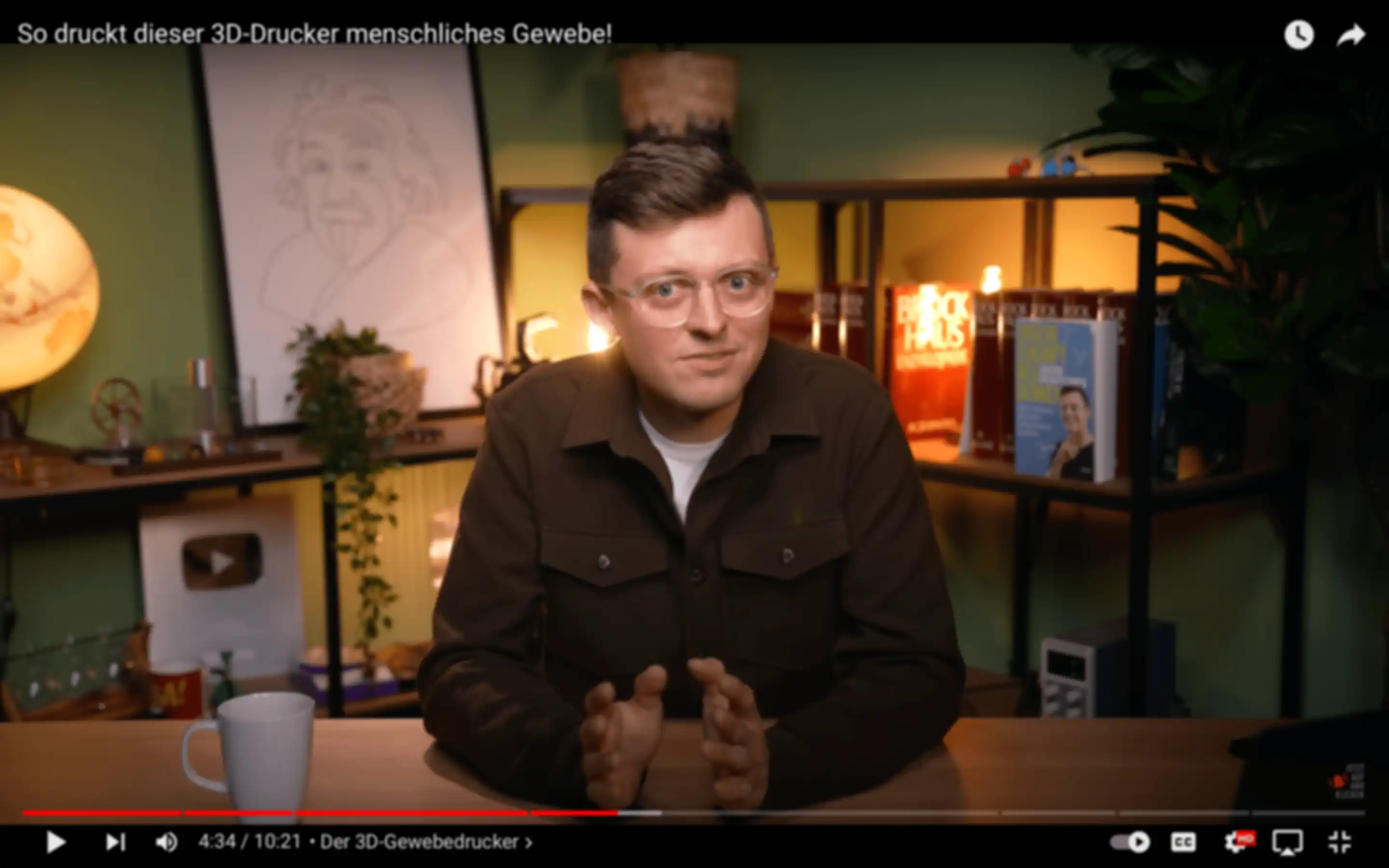
Do you have further questions?
Please feel free to contact us at challenge@sprind.org.
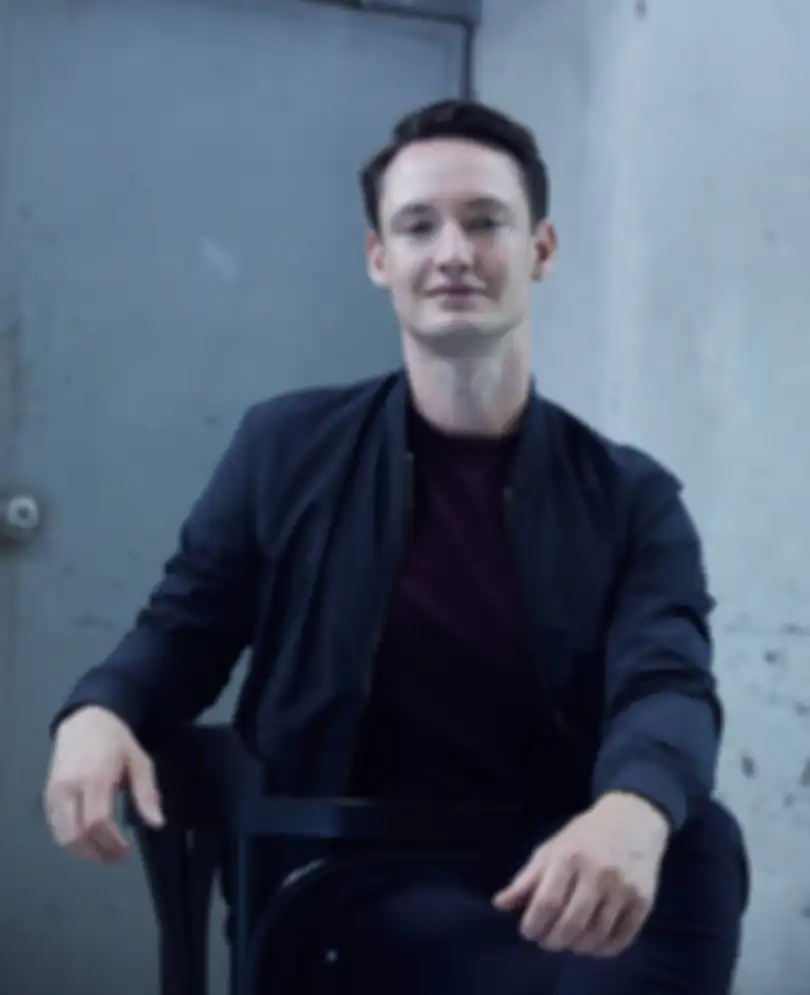
More Challenges and Funken
